
Abhay Sardesai: The freeze frame in cinema is inevitably a moment of narratory interruption. The story gets arrested as the shot takes over. As a device that becomes a driving force in your current suite of paintings, the freeze frame channelizes power, crystallises a moment, assembles a concentration of meaning.
In painting after painting, one sees characters caught in the middle of scenes, trapped, as it were, between an event that has happened and a scene that is poised to unfold. The character, or the actor as the character, seems to exist porously between the past and the future. What leads you to arrive at these ‘decisive moments’?
In other words, how does Johnny Walker as Isabhai Suratwala scramble out of the room where Rajesh Khanna as Anand is fighting cancer to step into a deferred after-image where he will continue to weep inconsolably?
What kind of image, according to you, has the capacity to move despite its stillness?
Atul Dodiya: It is the dramatic expression of a character on the screen that convinces me about the aptness of the image – this includes, among other things, the location of the figure in the setting, the figure’s pose and the situation of the scene. I watch films on a big screen with alertness, move backward and forward when certain scenes catch my attention, and then, capture eight to ten images on my cellphone. There is a cluster of images that I gather.
This story is from the {{IssueName}} edition of {{MagazineName}}.
Start your 7-day Magzter GOLD free trial to access thousands of curated premium stories, and 9,000+ magazines and newspapers.
Already a subscriber ? Sign In
This story is from the {{IssueName}} edition of {{MagazineName}}.
Start your 7-day Magzter GOLD free trial to access thousands of curated premium stories, and 9,000+ magazines and newspapers.
Already a subscriber? Sign In

Parts, Wholes And The Spaces In Between
Sonal Sundararajan introduces Samira Rathod's free-spirited and rebellious explorations in the world of architecture, furniture and design.

"The Fine Art of Going to the Pictures."
Dr. Banerjee in Dr. Kulkarni's Nursing Home at Chemould Prescott Road brings together 26 paintings featuring a series of dramatic scenes from Hindi and Bengali films. In conversation with Abhay Sardesai, artist Atul Dodiya talks about childhood trips to movie halls, painted figures gripped by tension, and the closeness and remoteness of cinematic images.
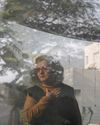
"To Finally Have Something of Your Own to Mine."
Dayanita Singh is the recipient of the coveted 2022 Hasselblad Award. Keeping the photograph at the centre, she speaks to Shreevatsa Nevatia about books, book objects, photo novels, exhibitions and museums.
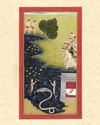
OF DIVINE LOSS
Shaurya Kumar explores the relationship between the subject and object of devotion, finds Aranya.
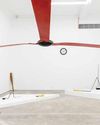
THE PAST AND ITS SHADOWS
Neha Mitra visits two shows and three artists in Mumbai.
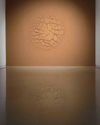
FORCE OF NATURE
Alwar Balasubramaniam dwells on absences and ephemeralities in his new work, states Meera Menezes.
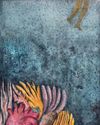
SHAPES OF WATER
Devika Sundar's works delineate the murky, malleable boundaries between the human body and the organic world, says Joshua Muyiwa.
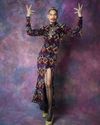
INTIMATIONS OF INTIMACY
Sunil Gupta shares his journey with Gautami Reddy.
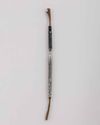
THE FRACTURED PROSPECT
Nocturnal landscapes as ruins in the making? Adwait Singh looks at Biraaj Dodiya's scenes of loss.
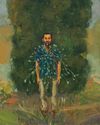
TEETERING BEYOND OUR GRASP
Meera Menezes traces Mahesh Baliga's journey from Moodabidri to London.